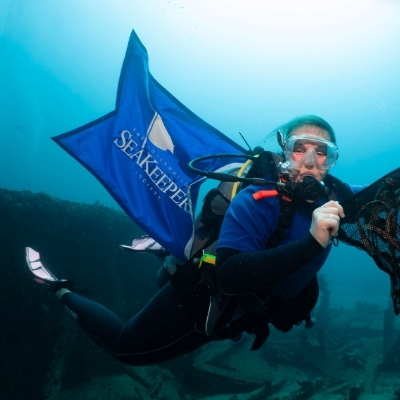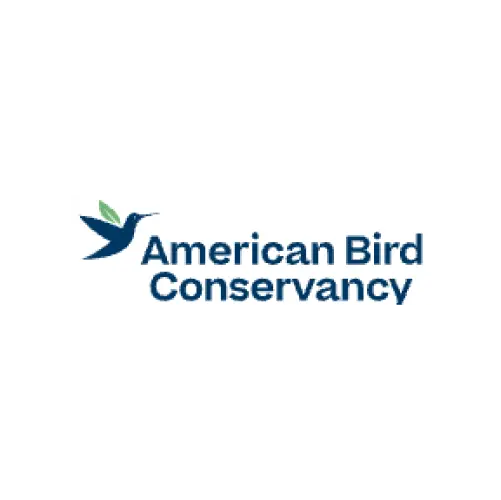Restoring Alto Velo in the Dominican Republic
Project Overview:
Alto Velo is a small island off the coast of the Dominican Republic. Researchers from the American Bird Conservancy are working to restore the island as habitat for native reptiles and seabirds, which will also improve the surrounding marine ecosystem and support local fisheries. In June 2025 and May and June 2026, the team is seeking transportation of personnel and equipment to Alto Velo from nearby ports. Maritime professionals, yacht and vessel owners, and the broader boating community are encouraged to support this initiative by providing transportation for research teams and essential supplies. Their participation is crucial in ensuring the success of this conservation effort while fostering marine stewardship and ecological restoration.
Program Partners
- American Bird Conservancy
Location
- Alto Velo, Dominican Republic
Expected Time Frame
- 30 to 40 days in May and June 2026
Duration of Expedition
- About 15 days in June 2025 and 30 to 40 days in May and June 2026
Accommodation Needed
- Transport to island needed only before and after expedition. Vessel will transport 10 people maximum and is free to move/explore for the duration of the trip as research teams will sleep on the island. Pickup 30-40 days after drop-off is needed.
Special Equipment Needed
- Licensed Captain and lazarette or storage compartment for certain equipment
Expedition parameters listed above are flexible and negotiable.
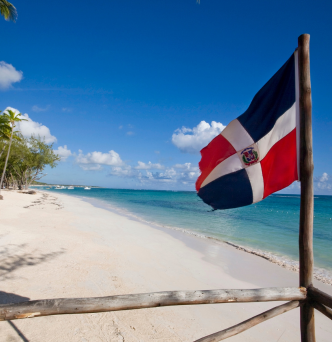
Background:
Alto Velo Island, located 27 km off the southern coast of the Dominican Republic, is part of the internationally recognized Jaragua-Enriquillo-Bahoruco Biosphere Reserve and Jaragua National Park. Although small in size (1.5 km²), its remote location makes it a critical site for biodiversity. The island is home to two species of reptiles found nowhere else, the Alto Velo Curlytail and the Alto Velo Anole, along with important breeding habitats for seabirds.
However, introduced species such as rats, feral cats, and goats have severely impacted the island, disrupting vital ecological processes and threatening native species. Both the Curlytail and the Anole are now critically endangered, and several seabird species have disappeared, including a significant decline in the Sooty Tern population.
In 2026, plans are in place to eradicate invasive mammal species on Alto Velo, with the exciting introduction of drone-based rat eradication. This innovative method will help restore native wildlife and rebuild the ecosystem. After the removal of invasive species, efforts will focus on using social attraction techniques to encourage the return of seabirds like the Brown Pelican and Roseate Tern. Additionally, the research teams hope to reintroduce the Endangered Black-capped Petrel, which would be the first invasive predator-free colony.
The restoration of Alto Velo will also be studied for its impact on the surrounding marine environment. Recent research highlights the vital role seabirds play in maintaining healthy coastal ecosystems through nutrient deposition. By establishing a baseline assessment of the nearshore environment, the project will track how the island’s recovery helps improve coral and fish populations over time.
Mission:
The mission of this project is to restore native lizard and bird populations on Alto Velo Island by removing invasive mammal predators. Transportation support is essential to carrying out this mission and ensuring the success of the restoration efforts on the island.
Applications:
The American Bird Conservancy has the permission and support of the Dominican Republic and are broadly reaching out to regional populations regarding the restoration and biosecurity of Alto Velo, including schools.
Program Partners:
Get Involved
If you’re interested in learning more about this specific program opportunity, please reach out to our team below to find out more about this program or get involved in other opportunities with SeaKeepers.
Explore More Opportunities
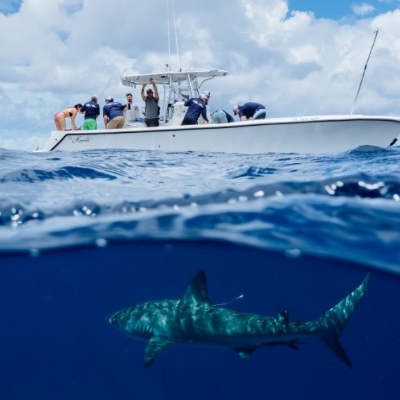
At-Sea Opportunities
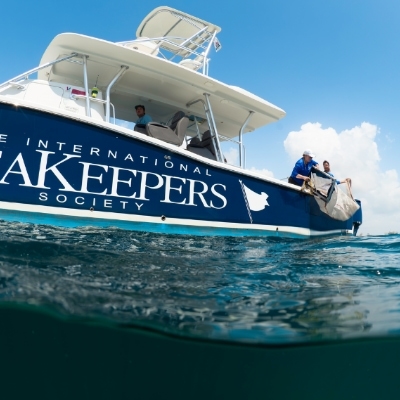
Citizen Science Opportunities
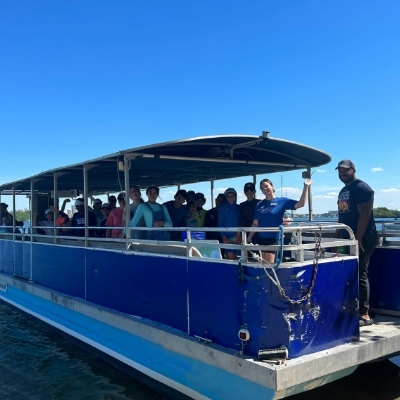
Education Opportunities
